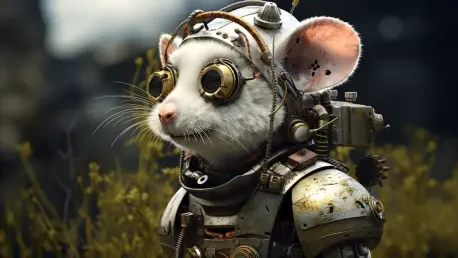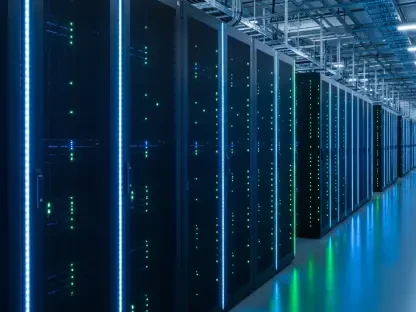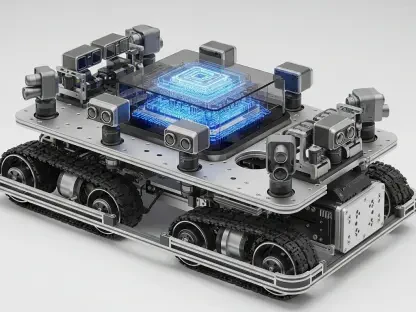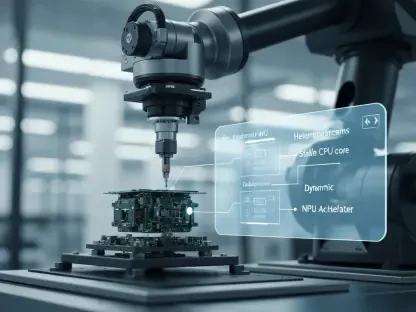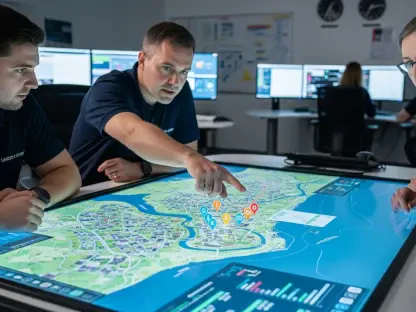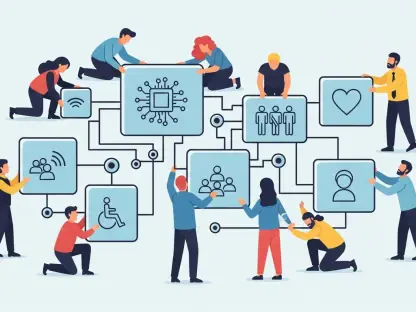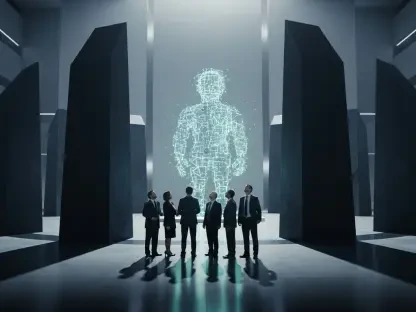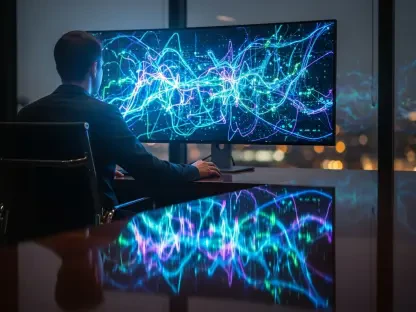What happens when the digital tools meant to amplify creativity become the very forces threatening an artist’s livelihood? In today’s tech-driven landscape, visual artists face an invisible adversary: AI crawlers, programs that scour the internet to harvest images for training generative AI models. These silent data scavengers often operate without consent, pulling artwork from personal websites and social media, leaving creators feeling violated and powerless. This struggle isn’t just about technology—it’s about ownership, ethics, and the future of art in a world where data reigns supreme. Dive into this pressing conflict as artists fight to reclaim control over their digital legacies.
Why This Fight Matters
The clash between visual artists and AI crawlers represents a broader tension in the digital age: the balance between innovation and individual rights. With generative AI tools capable of producing stunning artwork in seconds, the datasets behind them—often built on scraped content—have become a goldmine for tech companies. Yet, for artists, this practice threatens their income and intellectual property, as their unique styles are replicated without credit or compensation. A staggering 96% of artists surveyed in a recent study by the University of California San Diego and the University of Chicago expressed concern over their work being exploited, underscoring the urgency of this issue.
This battle extends beyond personal grievance; it challenges the very framework of creative ownership online. As internet norms tilt toward open access and lucrative licensing deals between major websites and AI firms, individual creators are often left out of the equation. The stakes are high—without robust protections, the artistic community risks losing not just revenue but also the incentive to share their work publicly. This narrative isn’t just a tech problem; it’s a cultural crossroads demanding attention.
The Silent Threat of AI Crawlers
At the heart of this issue lies the relentless operation of AI crawlers, automated bots designed to collect vast amounts of data from the web. These programs fuel generative AI by gathering images from artist portfolios, social media platforms, and personal sites, often disregarding permission or copyright. Unlike traditional web crawlers used for search engines, these bots serve a commercial purpose—training models that can mimic human creativity, sometimes at the expense of the original creators.
The scale of this data harvesting is staggering. Research indicates that billions of images have been scraped to build AI datasets, with little transparency about where they come from or how they’re used. For artists, this isn’t merely a technical annoyance; it’s a direct assault on their ability to control their own output. As tech giants race to refine AI capabilities, the collateral damage falls on those whose work is taken without a say, raising ethical questions about consent in the digital realm.
Obstacles in the Path to Protection
Protecting artwork from AI crawlers is no simple task, as artists face a trifecta of technical, systemic, and legal hurdles. On the technical front, many lack the know-how to use basic tools like robots.txt, a file that can instruct crawlers to avoid certain content. Over 60% of the 203 artists surveyed in the aforementioned study admitted to being unfamiliar with such mechanisms, highlighting a significant knowledge gap in an increasingly complex digital space.
Systemically, the problem deepens with the platforms artists rely on. Analysis of over 1,100 professional artist websites revealed that more than three-quarters are hosted on services like Squarespace or Wix, which often restrict access to critical settings for blocking crawlers. Legally, the landscape remains murky—debates over “fair use” in the United States and evolving regulations like the EU’s AI Act leave creators in limbo. Even when protections are in place, compliance varies; while some crawlers from major firms honor restrictions, others, like ByteDance’s Bytespider, ignore them entirely, leaving artists vulnerable.
Hearing from the Trenches
The frustration among artists is palpable, as many feel outpaced by technology designed to exploit rather than empower. One surveyed artist lamented, “It’s like my work is being stolen in plain sight, and I’m powerless to stop it.” This sentiment resonates widely, with two-thirds of respondents turning to tools like Glaze, a software that alters images to render them useless for AI training, as a desperate measure to safeguard their creations.
Experts echo these concerns, cautioning that such solutions are temporary fixes for a systemic flaw. Researchers from the University of Chicago, who co-developed Glaze, note that while individual efforts help, they don’t address the root issue of unchecked data scraping. They also point to a troubling trend: as major websites like Vox Media reverse crawler bans for profitable licensing deals, solo artists lack the leverage to negotiate similar protections, exposing a stark power imbalance in the digital ecosystem.
Equipping Artists for the Fight
Despite the daunting challenges, artists can take actionable steps to shield their work from AI crawlers while broader solutions emerge. Tools like Glaze offer a starting point by disguising images in ways that thwart AI training, and they’re accessible even to those without deep technical skills. For creators with personal websites, learning to set up a robots.txt file can deter compliant bots, with plenty of free online guides available to simplify the process.
Beyond software, strategic choices about online presence make a difference. Posting low-resolution images or adding visible watermarks can discourage unauthorized use, while some artists opt to share less work publicly altogether. Additionally, staying updated on platform features is key—some hosting services now include options to block AI bots, though adoption remains low at around 5.7% among users of services like Cloudflare. These measures, while not foolproof, empower artists to reclaim some agency in a landscape that often feels stacked against them.
Reflecting on a Digital Standoff
Looking back, the struggle between visual artists and AI crawlers reveals a profound disconnect in the digital age, where technological advancement often outpaces ethical considerations. Artists stand their ground, adapting to an invasive threat with ingenuity and resilience, even as the tools at their disposal fall short of a lasting fix. The voices of creators and experts alike paint a picture of urgency, demanding a reevaluation of how data is accessed and used.
Moving forward, the path demands collaboration across sectors—tech companies need to prioritize transparency, platforms must offer user-friendly protections, and policymakers are urged to clarify legal frameworks around AI training data. For artists, staying informed and leveraging existing tools remains critical, but the broader call is clear: a reimagined internet, one that values creative ownership as much as innovation, is essential to ensure that art can thrive without fear of exploitation.
